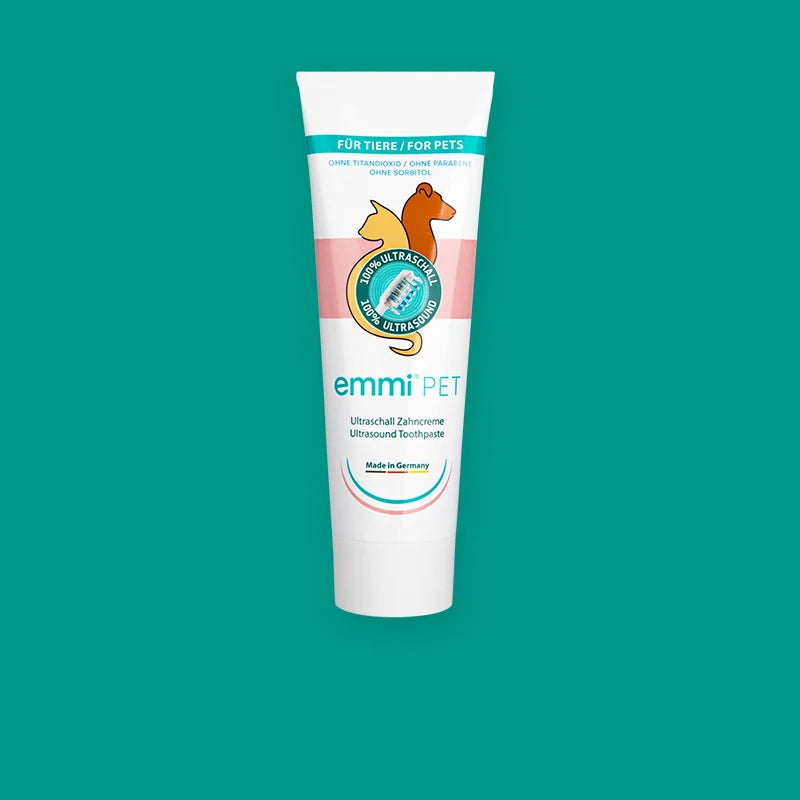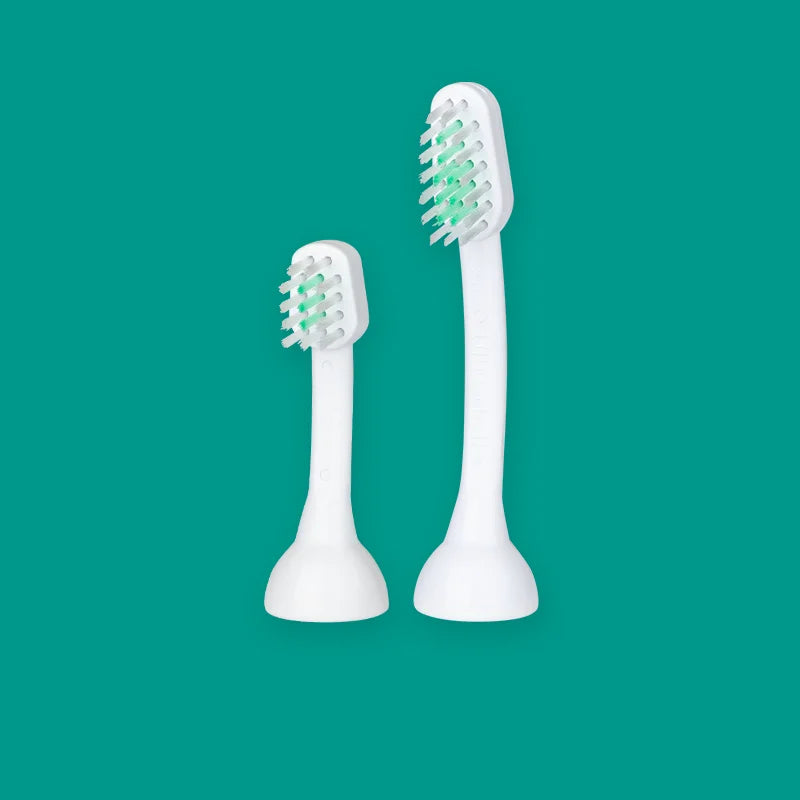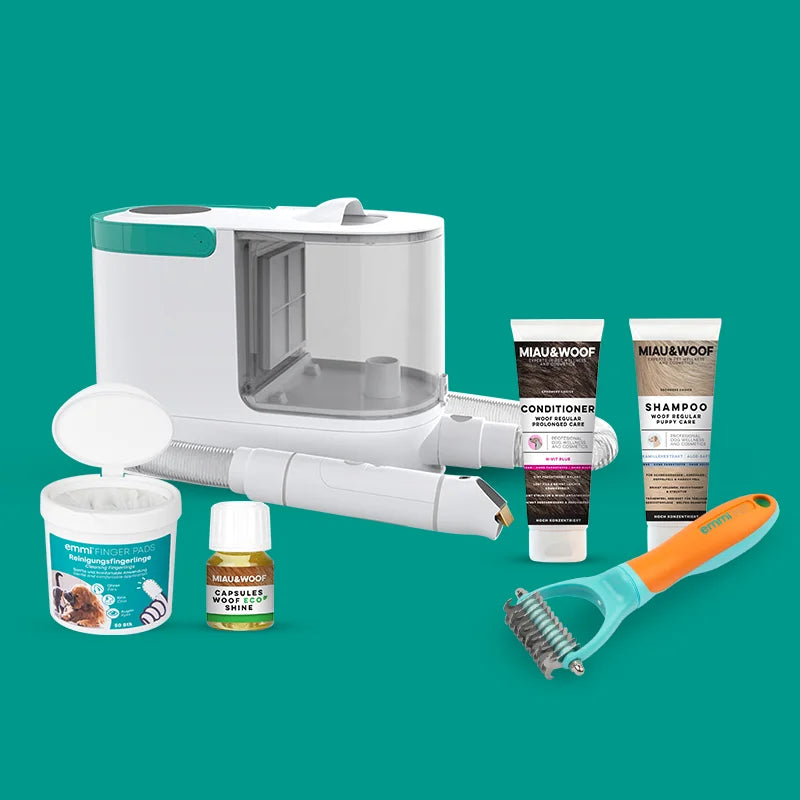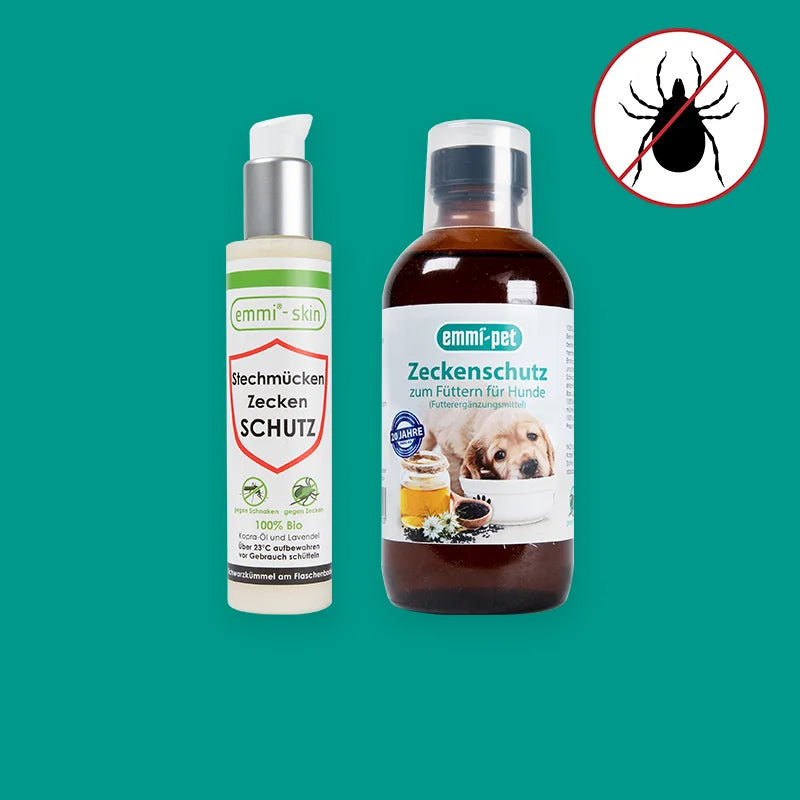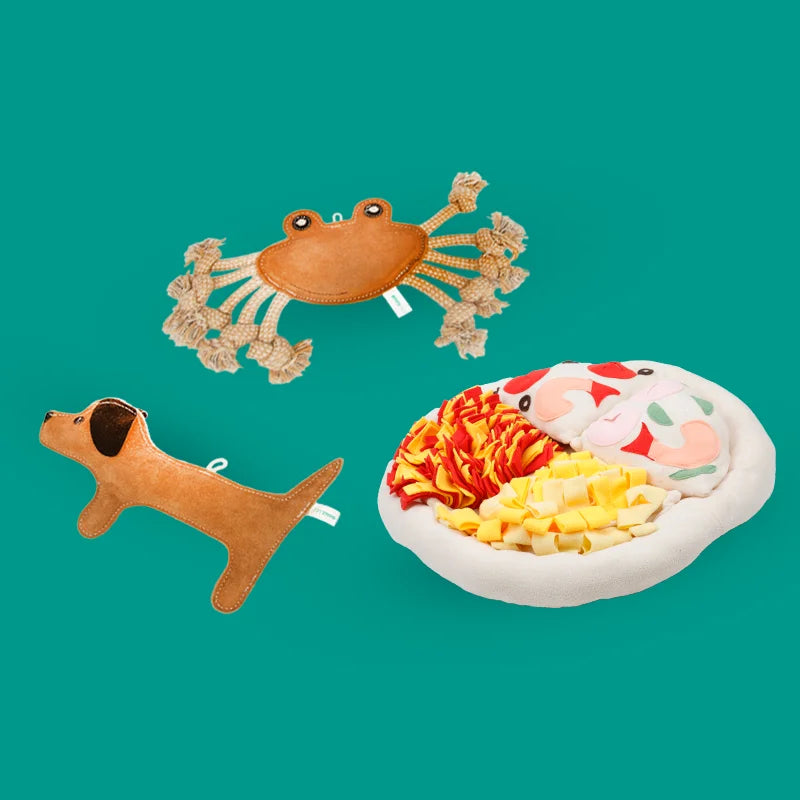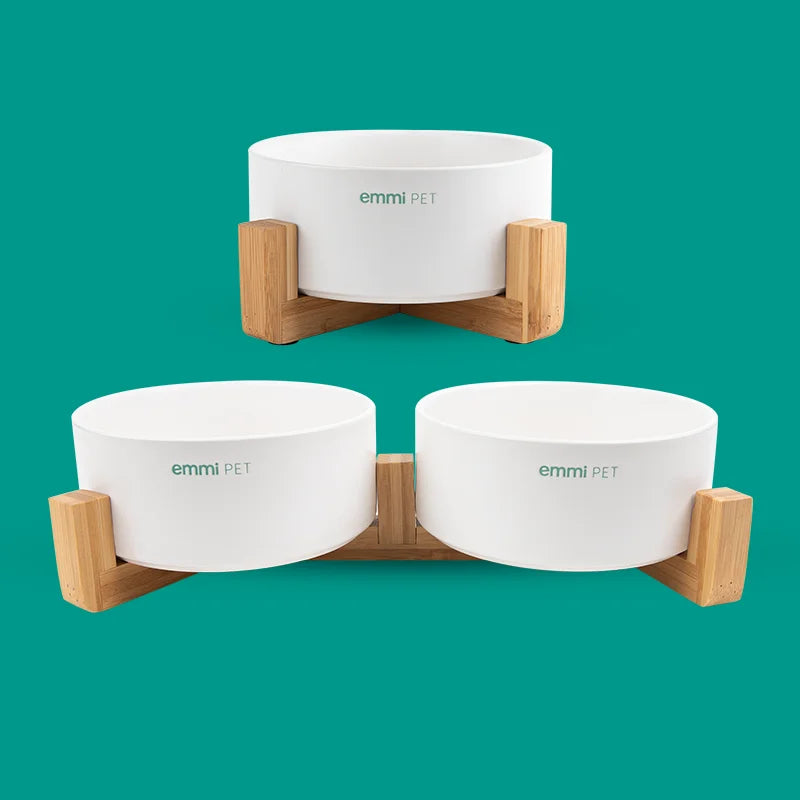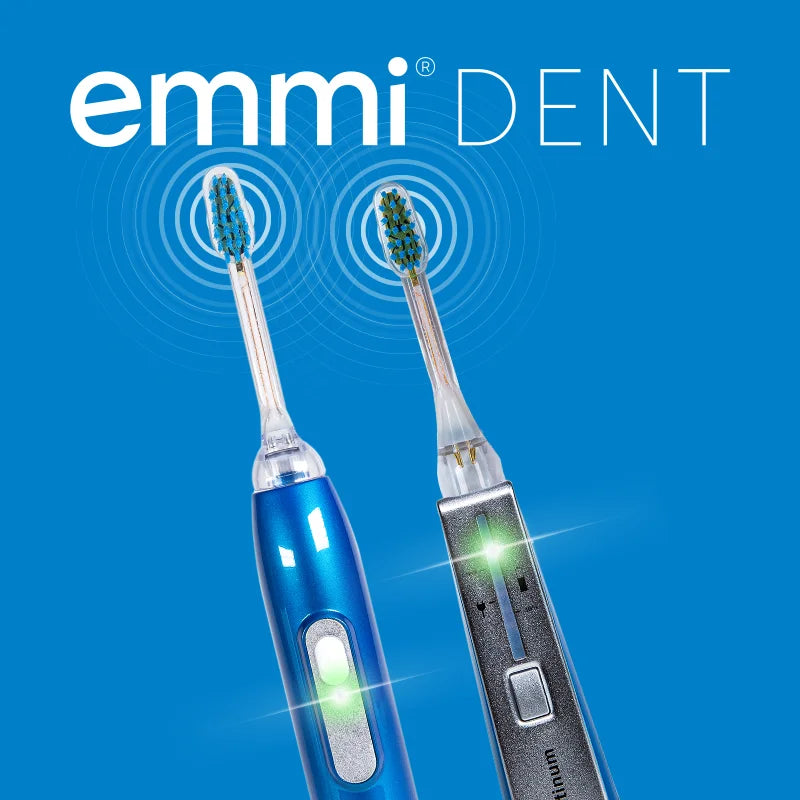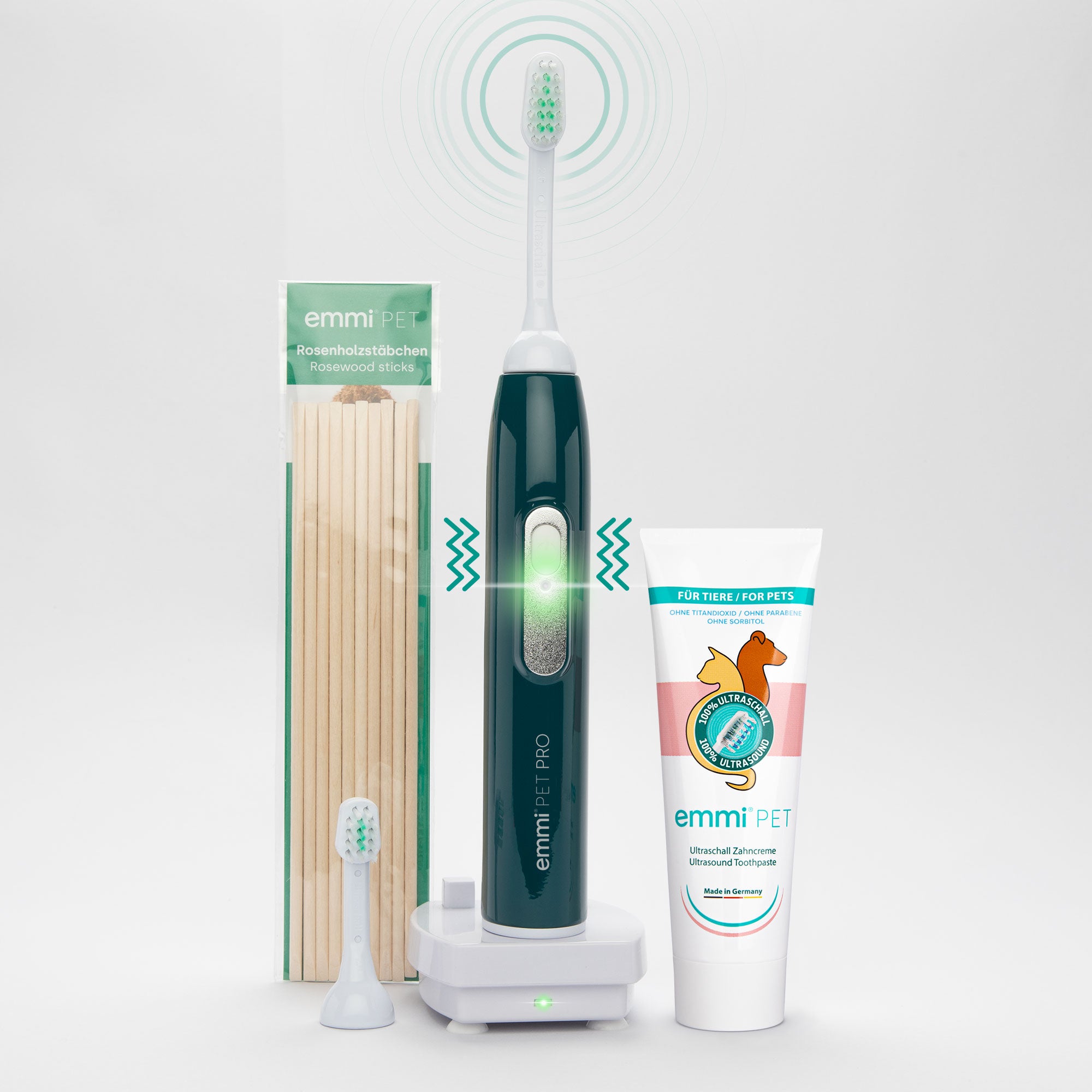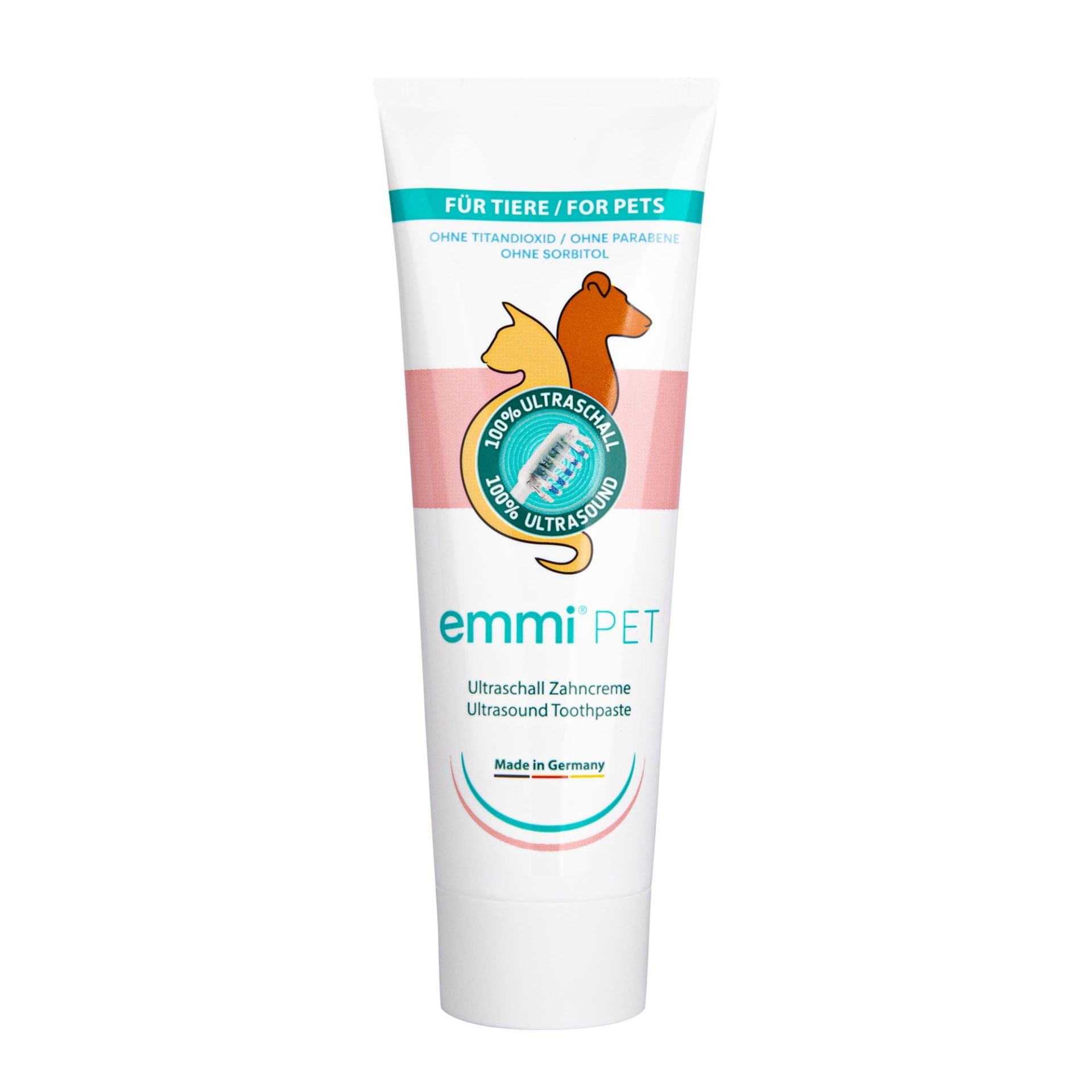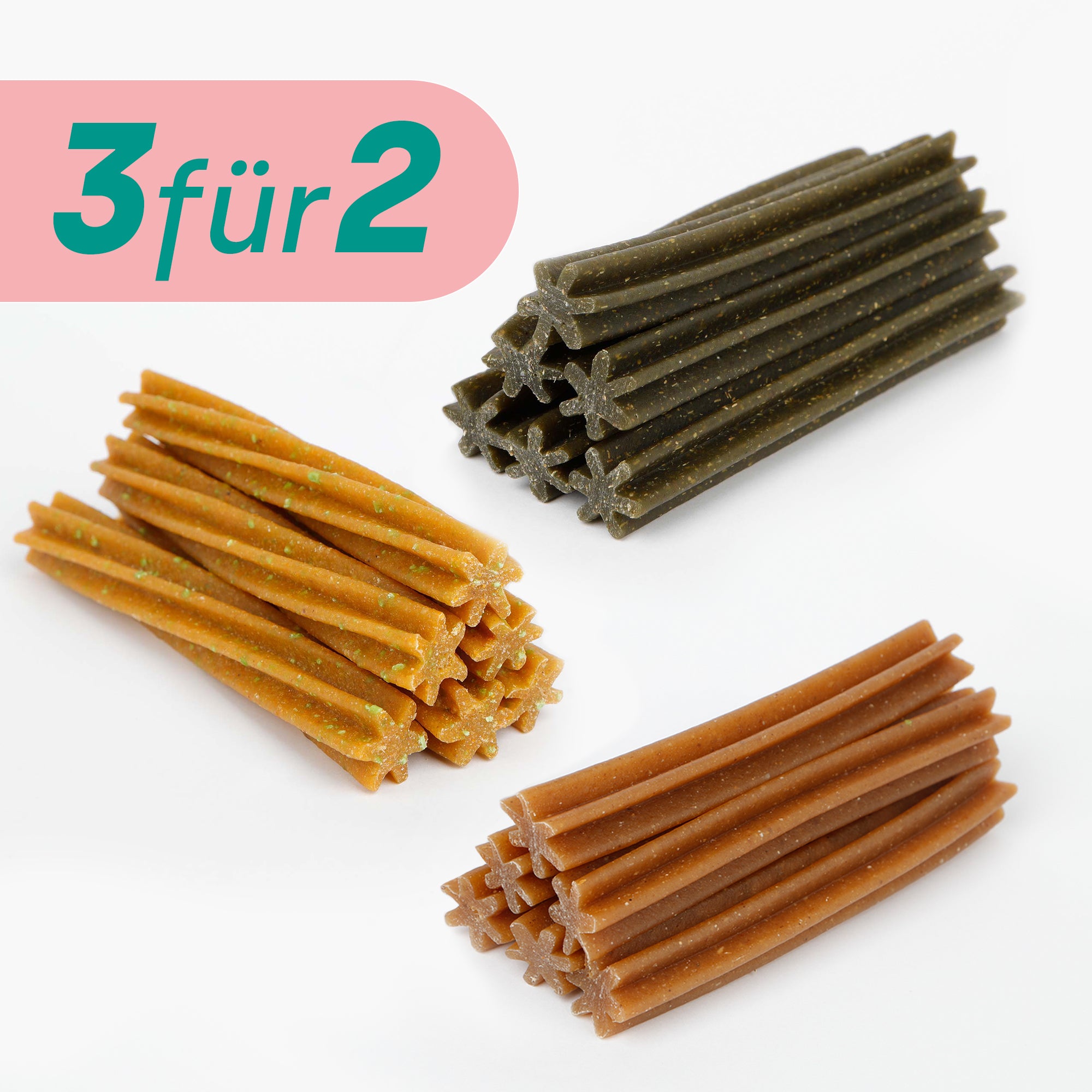Cat teeth: 5 facts you should know
How well do you know your cat's teeth? Did you know that you can tell their age by their teeth? Do you know why cats have such sharp molars? Every cat owner knows that their teeth aren't just for chewing and biting. Cats' teeth, in particular, hold many secrets. In today's blog post, we'll provide you with answers to 5 facts about cat teeth that you should know.
Determine the age of the cat by teeth
Did you know that you can determine your cat's age based on its dental status? Just like humans, your cat's teeth will change throughout its life. The first set of teeth consists of 26 baby teeth. The permanent teeth replace the baby teeth at three to four months of age. After that, the permanent adult teeth form. Adult cats have four more teeth than kittens. Therefore, your cat's age can be determined very precisely based on the number of teeth.
Pointed teeth for everything rough
Cats weren't originally designed for housekeeping. Accustomed to dry food and fine pâté, the sharp teeth in your cat's back teeth will atrophy. Cats' teeth are designed for grinding meat and bones, as they feed on these in their natural environment.
This is also clearly evident in your cat's molars. Unlike those of herbivores or even humans, your cat's molars are slightly raised. Pointed and serrated, they allow cats to tear and shred muscle, bone, and meat into pieces.
Did you know that your cat cannot move its jaw from left to right like we humans can?
Teeth perfectly adapted to grooming
Your cat's teeth are perfectly adapted to their grooming needs. Their front teeth serve as a natural grooming tool. With these relatively small teeth, your cat is able to catch fleas and swallow them whole.
Your cat's incisors also have a special function. They allow your cat to groom its fur thoroughly. This includes removing plant debris from its last foray.
RL (resorptive lesion) - also incorrectly called "cat caries"
It is one of the most painful and common dental diseases in cats. Because this disease can also occur in dogs and humans and almost always involves odontoclasts, FORL disease is now commonly referred to as TR (tooth resorption) or RL (resorptive lesion). Resorptive lesions are often not visible in cats. Bad breath, drooling, and bleeding in the mouth can be early signs of RL.
Older terms such as "cervical caries" or colloquial terms such as "cat caries" or even "caries" should no longer be used in this context. This could create a false causal connection. Cats cannot develop caries caused by bacteria!
Tooth injuries are particularly painful in cats
Cats can't express their pain. That doesn't mean they don't feel pain—dental problems or RL can cause incredibly terrible pain in cats. For this reason, it's important to regularly monitor your cat's dental health.
Regular dental checkups and dental care can prevent the worst. Should dental problems occur, you can identify them early and take appropriate action. For professional dental care for your cat, we recommend our emmi®-pet ultrasonic toothbrush.

